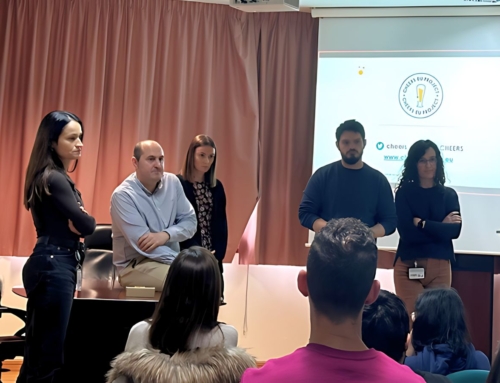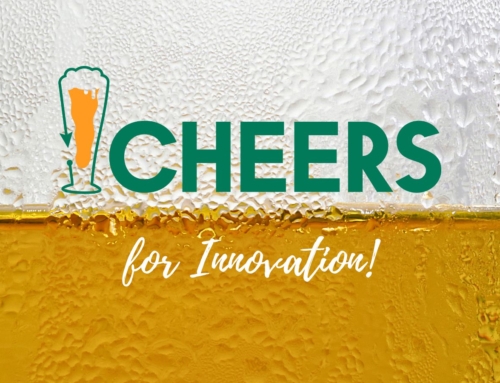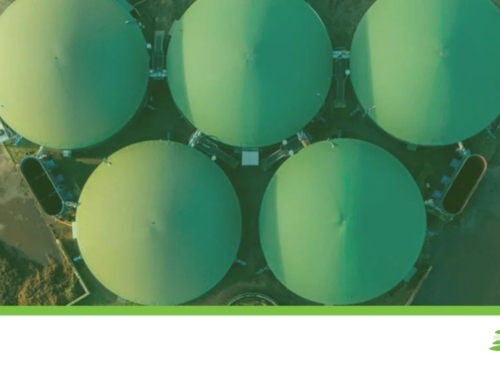
The Citizen Science Association’s (CSA’s) C*Sci conference celebrated its 10th year at the end of May this year (22-26th). Held at Arizona State University in Tempe, Arizona, it provided myself and Luigi Ceccaroni (left in the picture) the opportunity to meet CS colleagues from across the pond for the first time in earnest, since the pandemic changed the working landscape for the foreseeable future.
A range of themes were represented at the conference, with a focus on inclusion, equity and accessibility, a fact confirmed by the discussion around the association name, changed to The Association for the Advancement of Participatory Sciences. Whilst the pro’s and con’s around the name change is beyond the reason (or length) of this post, it highlights the sensitivity and deep-feeling around terminology and its relationship with perceived inclusion and accessibility issues.
EARTHWATCH presented CHEERS in the form of a poster, specifically focusing on the potential use of citizen science in evaluating any potential environmental impacts of CHEERS methodologies and actions. The use of citizen science in industrial and commercial arenas as a way of gathering data whilst engaging a range of stakeholders is not a new approach. Alongside us at the conference were representatives from the fishing industry, farming, biomedical and healthcare that each have a growing portfolio of projects involving citizen science methodologies.
This provided a great opportunity to discuss the issues raised when planning such an approach, not only around inclusion, but also regarding engagement, community ownership, data quality, legal and ethical issues, interoperability and a number of other considerations. It is clear that whilst CHEERS can utilise the power of citizen science to evaluate its impact, such an approach must be human-centred by design, ensuring all stakeholders needs, expectations and requirements are considered and represented.










Leave A Comment